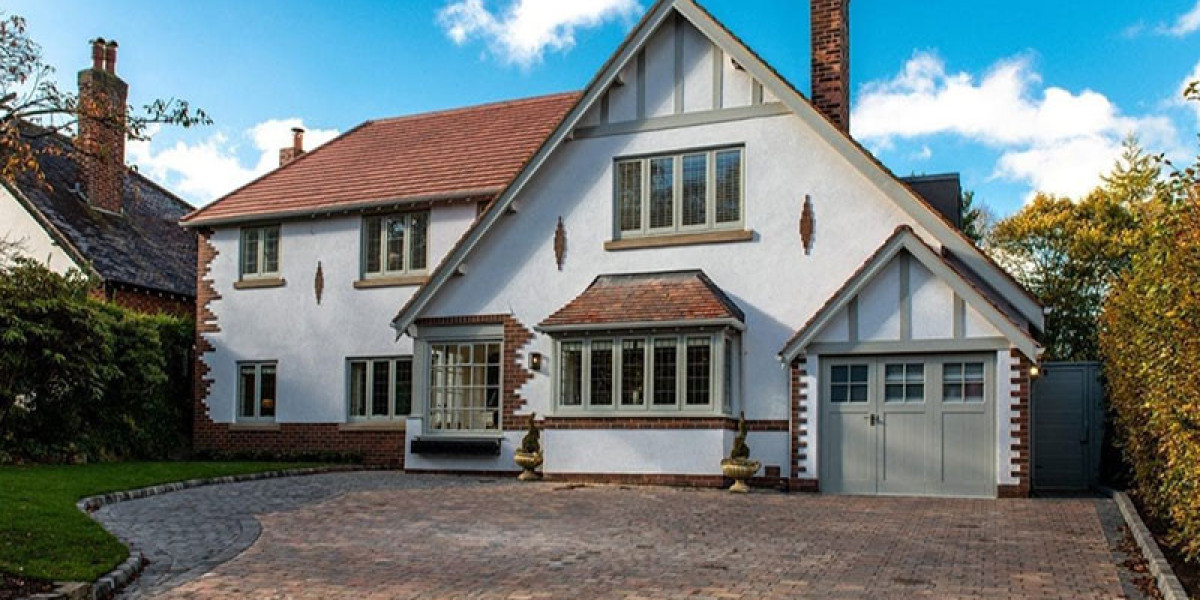In recent years, double glazing has become a staple in energy-efficient home design, and advancements in installation techniques and materials have made it more accessible and effective than ever before. As homeowners increasingly seek to enhance their living spaces with improved insulation and soundproofing, the double glazing industry has responded with innovative solutions that streamline installation processes, reduce costs, and maximize performance. This article explores the latest advancements in double glazing installation, highlighting how these developments are transforming the way we think about energy efficiency and home comfort.

Understanding Double Glazing
Double glazing involves the use of two panes of glass separated by a space filled with argon or another insulating gas. This design significantly reduces heat transfer, keeping homes warmer in the winter and cooler in the summer. Additionally, double glazing minimizes noise pollution, making it an attractive option for urban dwellers or those living near busy roads. While the benefits of double glazing are well-known, the installation process has traditionally been labor-intensive and time-consuming, requiring skilled professionals to ensure proper fitting and sealing.

Advancements in Installation Techniques
One of the most significant advancements in double glazing installation is the introduction of prefabricated window units. These units are manufactured off-site, allowing for precise measurements and quality control before they are delivered to the installation location. This method not only speeds up the installation process but also reduces the likelihood of errors that can occur during on-site measurements and assembly. As a result, homeowners can expect a quicker turnaround time, minimizing disruption to their daily lives.
Furthermore, modern double glazing systems often feature a modular design, allowing installers to easily adapt the units to fit various window frames. This flexibility is particularly beneficial for retrofitting older homes, where existing window frames may not conform to standard sizes. By utilizing modular components, installers can efficiently create custom solutions that maximize energy efficiency without the need for extensive renovations.
Enhanced Materials for Better Performance
The materials used in double glazing have also seen significant advancements. Traditional double-glazed windows often utilized aluminum or wooden frames, which can conduct heat and compromise overall insulation. However, contemporary installations increasingly favor uPVC (unplasticized polyvinyl chloride) frames, which offer superior thermal performance and durability. uPVC frames are not only energy-efficient but also resistant to weathering, ensuring that they maintain their appearance and functionality over time.
In addition to frame materials, the glass itself has evolved. Low-emissivity (Low-E) glass coatings are now commonplace in double glazing installations. These coatings reflect heat back into the home during winter while allowing sunlight to enter, effectively reducing heating costs. In warmer months, Low-E glass reduces the amount of solar heat entering the home, helping to maintain a comfortable indoor temperature without relying heavily on air conditioning. The integration of these advanced glass technologies enhances the overall performance of double glazing systems.
Smart Technology Integration
The rise of smart home technology has also influenced the double glazing market. Homeowners are increasingly interested in integrating their windows with smart home systems, allowing for remote control and monitoring. Smart double glazing systems can include sensors that detect temperature changes, humidity levels, and even intrusions. These sensors can alert homeowners to potential issues, such as condensation build-up, which can lead to mold growth and reduce the effectiveness of the glazing.
Moreover, some companies are developing self-tinting or electrochromic glass, which can change its tint based on sunlight exposure. This technology not only enhances comfort by reducing glare but also contributes to energy savings by minimizing the need for Clean-Pro artificial lighting and cooling systems. As smart technology continues to evolve, the potential for integrating double glazing with home automation systems will only expand, offering homeowners even more control over their living environments.
Sustainable Practices in Installation
As environmental concerns grow, the double glazing industry has made strides in adopting sustainable practices. Many manufacturers now prioritize eco-friendly materials and processes in their production and installation methods. For example, the use of recycled materials in the manufacturing of uPVC frames and the implementation of energy-efficient production techniques significantly reduce the carbon footprint associated with double glazing.
Additionally, some companies are exploring the use of biodegradable sealants and adhesives that minimize environmental impact during installation. By prioritizing sustainability, the double glazing industry not only contributes to reducing energy consumption but also aligns with the values of environmentally conscious consumers.
Training and Certification for Installers
With the advancements in technology and materials, the need for skilled installers who are knowledgeable about the latest practices has never been greater. Many manufacturers now offer comprehensive training programs and certification for installers to ensure that they are equipped with the necessary skills to handle modern double glazing systems. This focus on education helps to maintain high standards in installation quality, ensuring that homeowners receive the best possible service and performance from their double glazing.
Conclusion
The advancements in double glazing installation represent a significant leap forward in energy efficiency and home comfort. From prefabricated units to smart technology integration, these innovations are making double glazing more accessible, effective, and sustainable. As homeowners continue to prioritize energy efficiency and comfort in their living spaces, the double glazing industry will undoubtedly continue to evolve, offering even more solutions that enhance the quality of life for individuals and families. With these advancements, the future of double glazing installation looks bright, promising a more comfortable and energy-efficient home for everyone.






